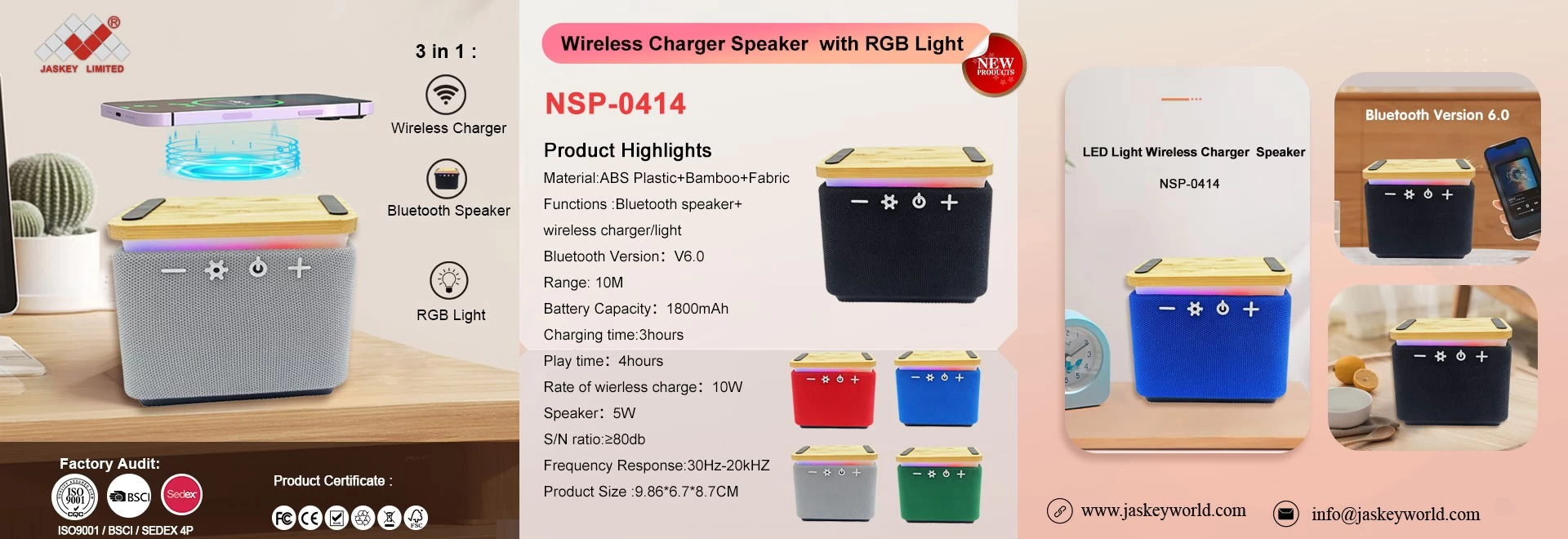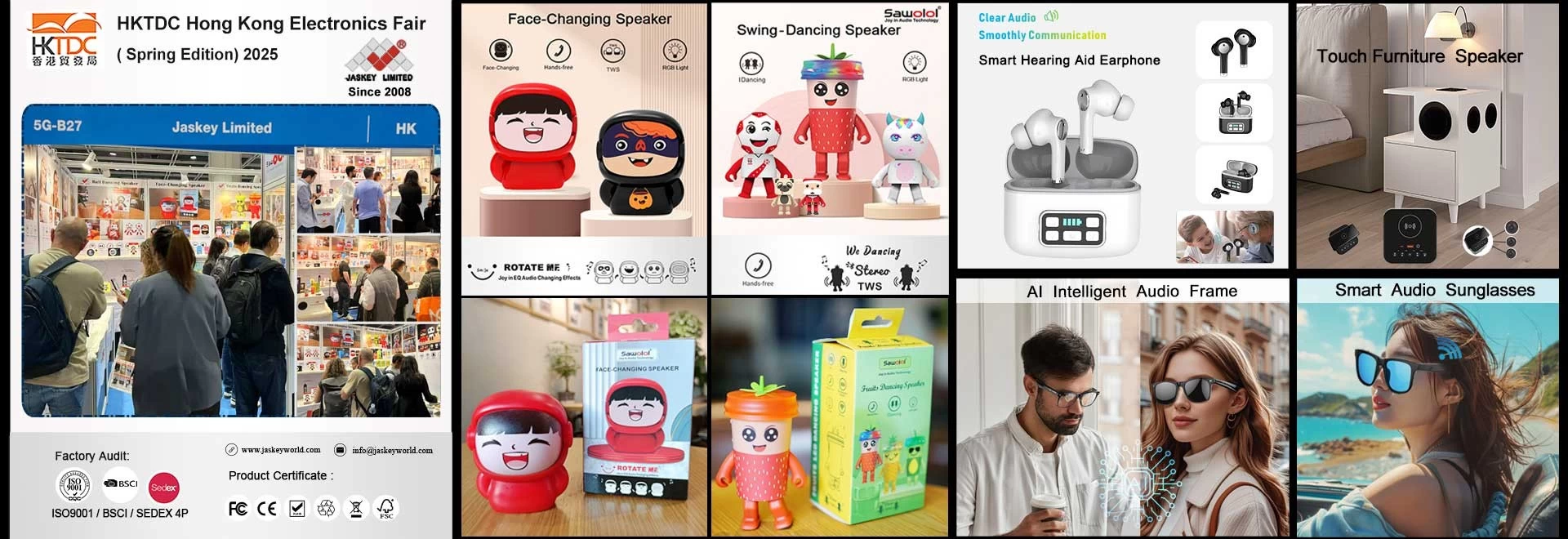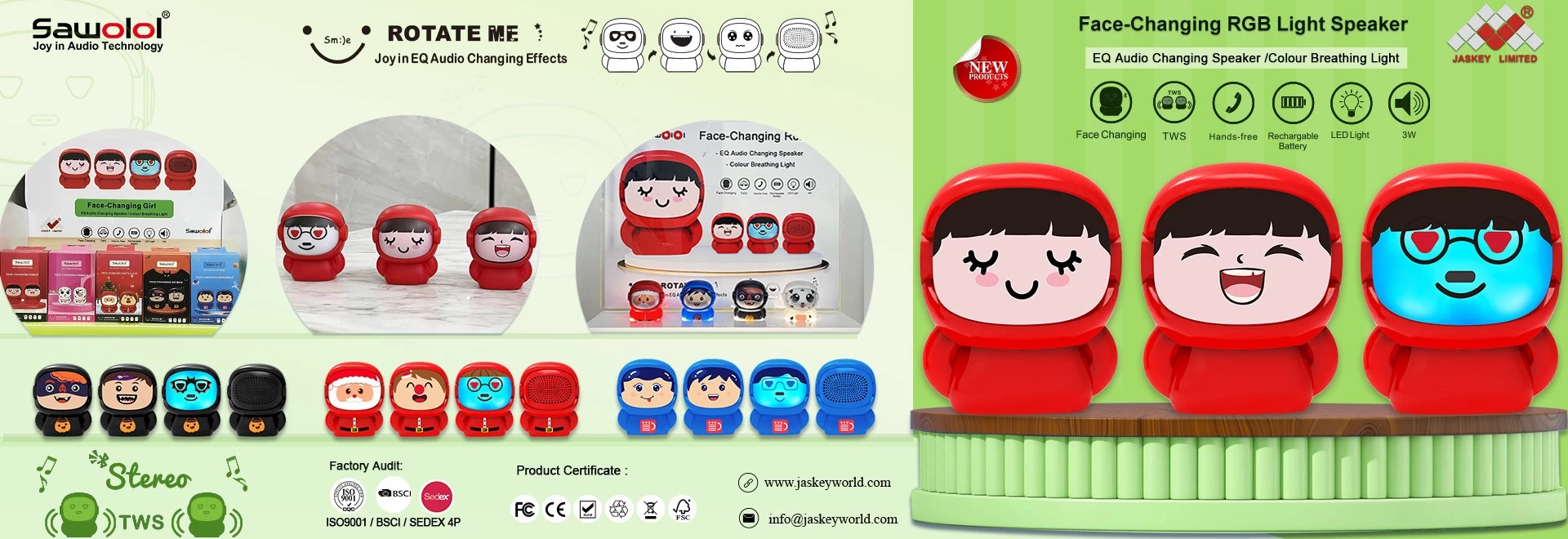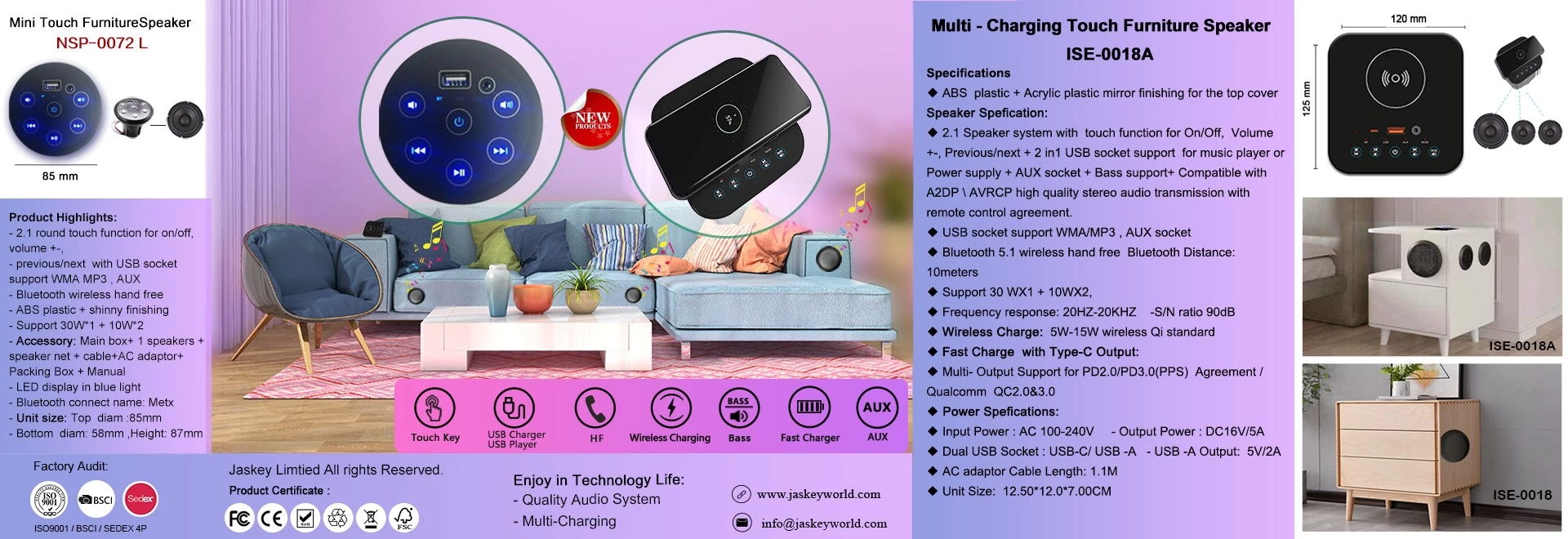If you want to judge the sound quality level of a Bluetooth sports earbud, you will learn after read
Sound quality has always been a very subjective thing. Everyone has their own tastes and preferences, so it is difficult to judge the sound quality level of a bluetooth sports earbud. When we first need to choose a bluetooth sports earbud, we can at most look at the evaluations of the best people on the Internet. There are inevitably a large part of the promotion of businesses, etc. In short, this circle has a problem whether it is domestic or foreign. There are too many gunners, whether it is HEAD-FI or the ears.
So when we have not tried a bluetooth sports earbud, it is easy to be fooled. But when each manufacturer releases new products, of course, every bluetooth sports earbud will have some hard indicators, and of course it will not be tested by the legendary golden ear at one end of the production line to tell the boss whether it is good or bad.
Therefore, objective data exists, and it can only be obtained through quite expensive test equipment. Therefore, these data can be said to be much more objective than the evaluation of hearing perception. Although it does not represent everything, it is like the resolution of a TV screen. The same rate, these are hard and fast indicators.
Step 1: Choose 1-4 headphones to be tested or compared
Step 2: Select the data type (frequency response, distortion, impedance, sound insulation/shielding, 500Hz square wave response or 50Hz square wave response'), the following is an explanation, all in the vernacular, Xiaobai understands 80% of it for the first time No problem.
Step 3: Click the drawing button to get the data comparison chart
Now let's take a look at the main usage of the following data types
One, Frequency Response
1. What is frequency response?
Frequency response is a measure of the headset's ability to replay all frequencies (20Hz~20kHz). To put it simply, the left side of the abscissa in the figure is the bass and the right side is the treble; the ordinate is the loudness, which is measured in dB. The meaning of a certain point in the curve is the loudness at a certain frequency.
In theory, a perfect bluetooth sports earbud should draw a straight line at 0dB in the chart. If the curve is pulled higher on the left and lowered on the right, then the headset will be considered to have strong bass. If the curve is depressed on the left and pulled up on the right, this headset may have a "bright" sound.
2. How to test the frequency response?
In order to complete the test, the bluetooth sports earbud will be driven with the sound of the full frequency sweep at the same level. Then, through a set of very professional and expensive analog head recording equipment to record the sound of the headphones. After that, an audio correction curve will be used to remove the influence of the head-related transfer function, and finally get accurate product frequency response data.
3. How to interpret this curve?
A "natural-sounding" headset should have a slight boost in the bass between 40Hz and 500Hz. The reason for this compensation is that headphones will not let you experience the physical impact of sound waves like speakers. Therefore, in order to achieve a natural sound, the bass needs to be compensated.
At the same time, the bluetooth sports earbud should also be truncated at the treble to reduce the effect of the unit being too close to the ear. The curve is best to draw a gentle downward curve from 1kHz to 20kHz. You will see a lot of jagged fluctuations in the chart at high frequencies. This situation is completely normal. This may be due to the effect of the external auditory canal on the sound.
Under ideal conditions, the fluctuation of this frequency response should be small and even. If there are big fluctuations around 3kHz, it usually means that the bluetooth sports earbud's response is poor, or it is regarded as a kind of sound dyeing. In fact, a small drop from 2kHz to 8kHz is acceptable.











